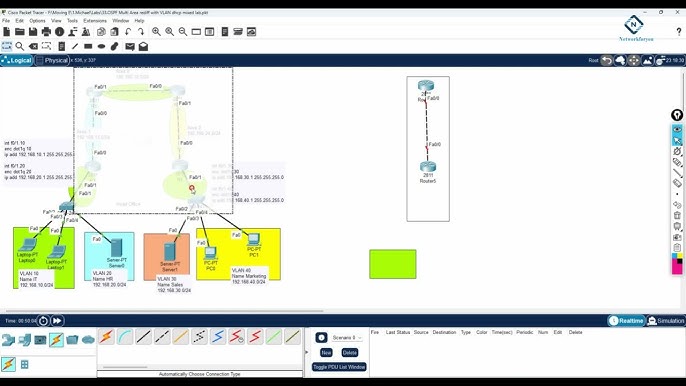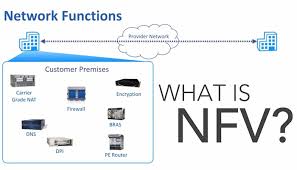Top 5 Real-World 5G NEF Use Cases Transforming Industries
telcomatraining.com – As 5G technology continues to evolve, the Network Exposure Function (NEF) has emerged as a crucial component of the 5G core architecture. NEF enables secure and controlled exposure of network capabilities to third-party applications and services via APIs. This opens up exciting possibilities for businesses to leverage real-time network data, enhancing performance, reliability, and user experience. Below are five real-world 5G NEF use cases that are actively transforming industries across the globe.
1. Smart Manufacturing and Industrial Automation
In the manufacturing sector, NEF facilitates ultra-low latency communication and network slicing, enabling real-time control of robots, automated guided vehicles (AGVs), and other industrial IoT devices. Manufacturers can use NEF APIs to access Quality of Service (QoS) data and dynamically allocate network resources during peak production hours. For example, factories can prioritize specific robotic arms or assembly lines that are crucial to production, minimizing downtime and maximizing efficiency. This level of intelligent network exposure was not feasible in previous generations of mobile technology.
2. Autonomous Vehicles and Smart Transportation
The automotive industry is undergoing a major transformation with the integration of 5G NEF into vehicle-to-everything (V2X) communication systems. NEF allows developers to access real-time data such as network congestion, location tracking, and latency metrics. This data can be used to optimize routing for autonomous vehicles, reduce accidents by enabling real-time hazard communication, and improve passenger safety. Cities like Tokyo and Munich are already piloting smart traffic systems that utilize 5G NEF to manage traffic lights dynamically and reduce urban congestion.
3. Healthcare and Remote Surgery
In the medical field, 5G NEF plays a critical role in enabling reliable, low-latency communication required for applications like remote surgery, real-time diagnostics, and connected ambulances. With NEF, hospitals can allocate dedicated network slices to mission-critical services, ensuring uninterrupted connections during remote procedures. Furthermore, NEF APIs allow healthcare providers to track network conditions and adjust video streaming quality for telemedicine in real time, improving the overall patient experience and treatment outcomes.
4. Cloud Gaming and Immersive Experiences
The entertainment industry, particularly cloud gaming and augmented/virtual reality (AR/VR), benefits significantly from 5G NEF. Gamers require ultra-low latency and consistent bandwidth, both of which can be managed through network slicing exposed via NEF. Game developers can dynamically request low-latency slices during live tournaments or peak usage periods, ensuring a seamless user experience. AR/VR applications can also use NEF APIs to adapt content delivery based on user location, network strength, and device capabilities.
5. Smart Cities and IoT Infrastructure
Cities that are becoming smarter are heavily reliant on massive IoT deployments, including sensors, surveillance systems, traffic management platforms, and environmental monitors. 5G NEF enables city administrators to expose network resources securely to application developers, utility services, and emergency response teams. For instance, in the event of a natural disaster, NEF can prioritize emergency communication over the public network, ensuring responders have uninterrupted access. Moreover, data analytics platforms can use NEF data to make real-time decisions based on network status and IoT sensor inputs.
Conclusion
The 5G Network Exposure Function is no longer just a theoretical concept; it’s actively driving innovation across industries by enabling secure access to powerful network capabilities. From autonomous vehicles to cloud gaming and smart factories, NEF allows businesses to harness the full potential of 5G. As APIs become more standardized and adoption increases, the number of use cases is expected to grow exponentially.
For organizations looking to stay ahead, integrating NEF into their digital strategies is not just an option—it’s a necessity. The transformation has already begun, and those who leverage 5G NEF now will be the leaders of tomorrow’s connected economy.







